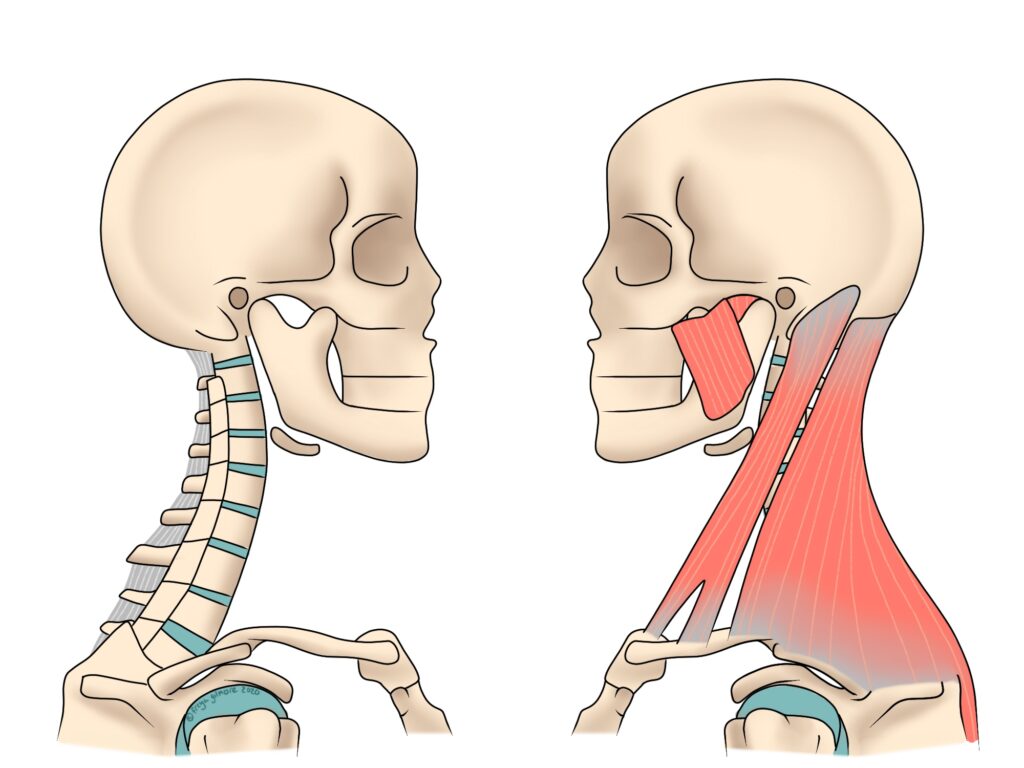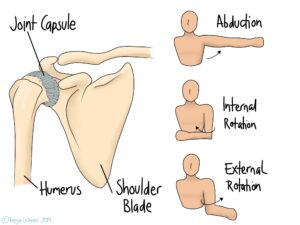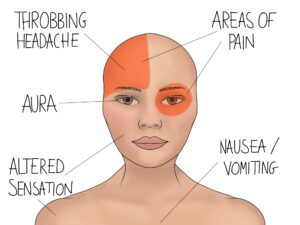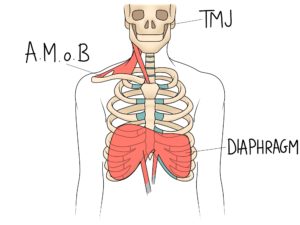Different parts of the spine have different roles. Bones in the lower back are large and strong to take the weight of everything above them. The upper back vertebrae have ribs attached, so their movement is relatively limited. But the neck is made for movement. The bones are small and the joints allow a lot of mobility.
With such a range of movement, overuse injuries are not uncommon. For example, a cricked neck is a minor muscle strain or ligament sprain. These will often self resolve, but if they last more than a couple of days or keep recurring, it’s worth getting them investigated.
Causes of Neck Pain
Like with the lower back, there are a number of potential causes for your pain. Joints, muscles, ligaments, or nerves are commonly involved.
One example of joint involvement is osteoarthritis. Spinal joints are not uncommonly affected by arthritis, but just because they can’t be replaced like a hip or knee doesn’t mean there’s nothing that can be done. If you have arthritic joints in the neck, your osteopath can help you to regain movement, which is what the joint needs to become as healthy as possible. Using gentle movements during appointments, and relaxing off muscles, the osteopath will work to calm down the surrounding tissues. Muscles will likely be tight around the affected joints, as immobilisation is an easy way for the body to try and protect itself. But once that tension is released, you can begin to move again. Not only is this good for the arthritic joints, but it reduces compensation from elsewhere too.
Dysfunction elsewhere can cause the neck to compensate too. As mentioned above, this is the most mobile part of the spine, so it can pick up movement easily to make up for stiffness further down the back. If you sit in once position at a desk all day, you’re bound to develop some aches and pains. Often, these aches and pains are related to upper back stiffness. If your upper back is particularly restricted, it might be the neck that takes on the lost movement. If your neck is also in one position all day, especially if it’s an awkward one like looking at your second screen for long periods, it’s bound to become uncomfortable.
Other Symptoms of Neck Problems
Problems with the neck can cause symptoms elsewhere, whether the problem is brand new or long term:
Headaches
Cervicogenic headaches are those caused by something in the neck. Pain refers up to the scalp, causing a one-sided headache. Resolving the problem means treating the neck- as long as the problem remains, the headaches can keep coming back. Read our full post on cervicogenic headaches here.
Migraines are completely different to these kinds of headache, but there may still be involvement from the neck.
Arm Symptoms
Alongside pain, a problem in the neck can cause numbness, weakness, or pins and needles in the arm. These are symptoms of an irritated nerve. Many of the nerves leaving the spinal cord in the neck supply the arm, like how the same problem in the lower back can cause sciatica in the leg.
Although sometimes a nerve is irritated by a bulging disc, there are plenty of other potential causes. Even a tight muscle can compress enough to cause symptoms. Your osteopath will work to find the cause of the irritation, and treat it at source. It may also be appropriate to treat the arm itself for symptomatic relief.
Start managing your neck pain today, book an appointment online here.





